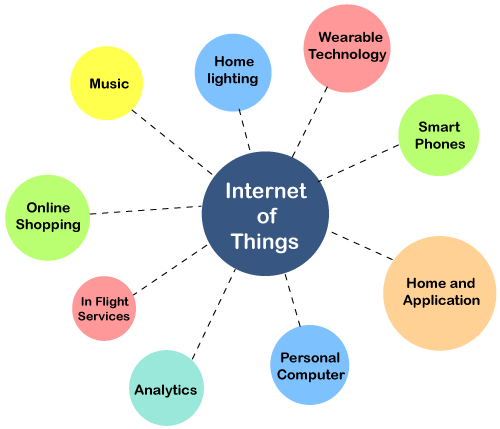Internet applications, also known as web applications or online applications, are software programs designed to operate on web browsers over the internet. These applications utilize web technologies, protocols, and infrastructure to deliver interactive, dynamic, and accessible services and functionalities to users worldwide. Here's an overview of internet applications:
1. Types of Internet Applications:
Web Browsers: Web browsers like Google Chrome, Mozilla Firefox, Safari, and Microsoft Edge enable users to access and interact with various online services, websites, and content on the internet.
Email Clients: Email applications such as Gmail, Outlook, and Yahoo Mail facilitate sending, receiving, organizing, and managing email communications and messages over the internet.
Social Media Platforms: Platforms like Facebook, Twitter, Instagram, LinkedIn, and TikTok enable users to connect, communicate, share content, and engage in social networking activities online.
Online Banking and Finance: Banking and financial applications allow users to manage accounts, conduct transactions, pay bills, invest, and access financial services securely over the internet.
E-commerce Platforms: E-commerce websites and applications like Amazon, eBay, and Alibaba provide online shopping, product listings, payment processing, and customer services to users and businesses.
Streaming Services: Streaming applications such as Netflix, YouTube, Spotify, and Disney+ offer on-demand streaming of video, music, podcasts, and other multimedia content over the internet.
Cloud Applications: Cloud-based applications like Google Drive, Dropbox, and Microsoft OneDrive enable users to store, access, share, and collaborate on files and documents online.
Communication and Collaboration Tools: Tools like Zoom, Microsoft Teams, Slack, and Skype provide online communication, video conferencing, collaboration, and remote working capabilities.
2. Features and Functionalities:
Internet applications offer a wide range of features and functionalities, including:
User Authentication and Security: Secure login, authentication, encryption, and data protection mechanisms ensure user privacy and security.
Content Delivery and Presentation: Dynamic content delivery, multimedia streaming, responsive design, and interactive user interfaces enhance user experience and engagement.
Data Storage and Management: Cloud storage, database management, file sharing, and synchronization capabilities facilitate data storage, retrieval, and management.
Integration and Interoperability: Integration with other systems, APIs, third-party services, and platforms enables seamless functionality, data exchange, and interoperability.
Personalization and Customization: Personalized content, recommendations, user preferences, and customizable settings cater to individual user needs, preferences, and interests.
3. Benefits and Impact:
Internet applications have revolutionized communication, collaboration, commerce, entertainment, education, and various aspects of daily life, offering:
Accessibility and Convenience: Anytime, anywhere access to services, information, and resources enhances convenience and accessibility for users globally.
Global Connectivity and Reach: Broad reach, connectivity, and globalization enable cross-border interactions, collaborations, and market expansions.
Innovation and Digital Transformation: Continuous innovation, advancements in technology, and digital transformation drive the evolution and growth of internet applications, fostering creativity, entrepreneurship, and economic development.




Either way the teacher or student will get the solution to the problem within 24 hours.